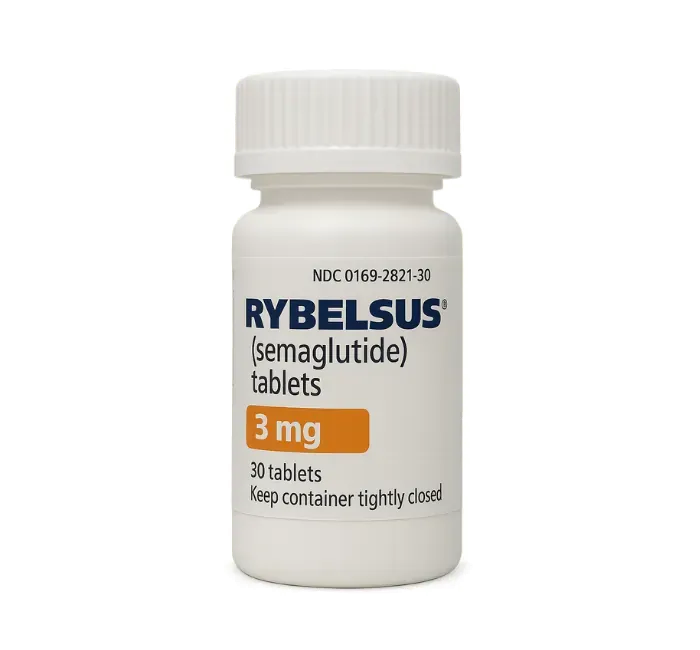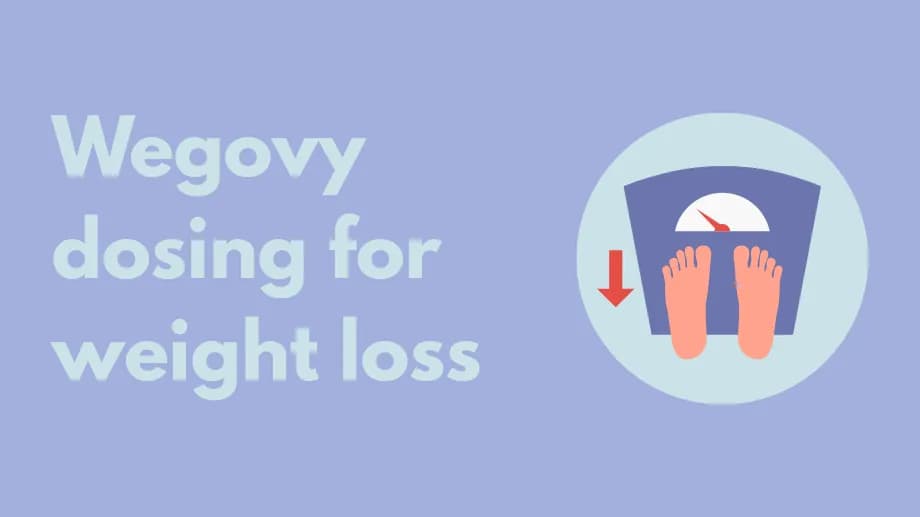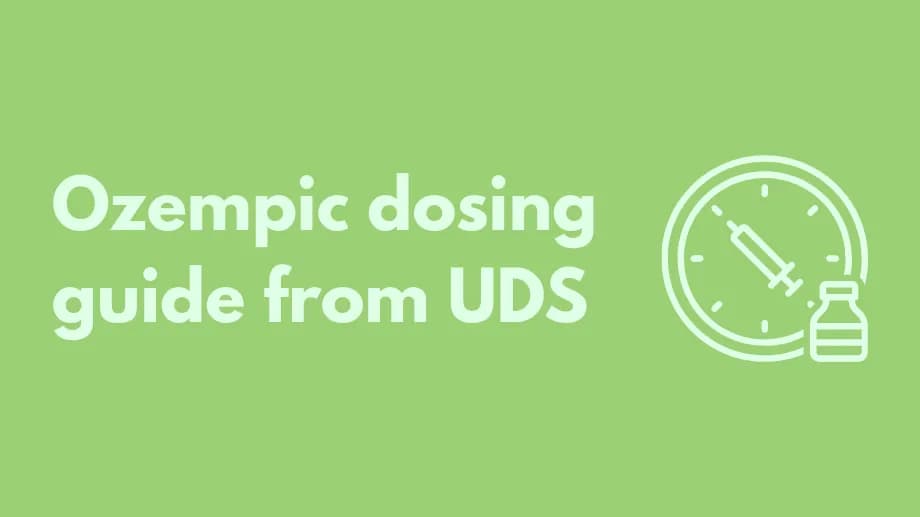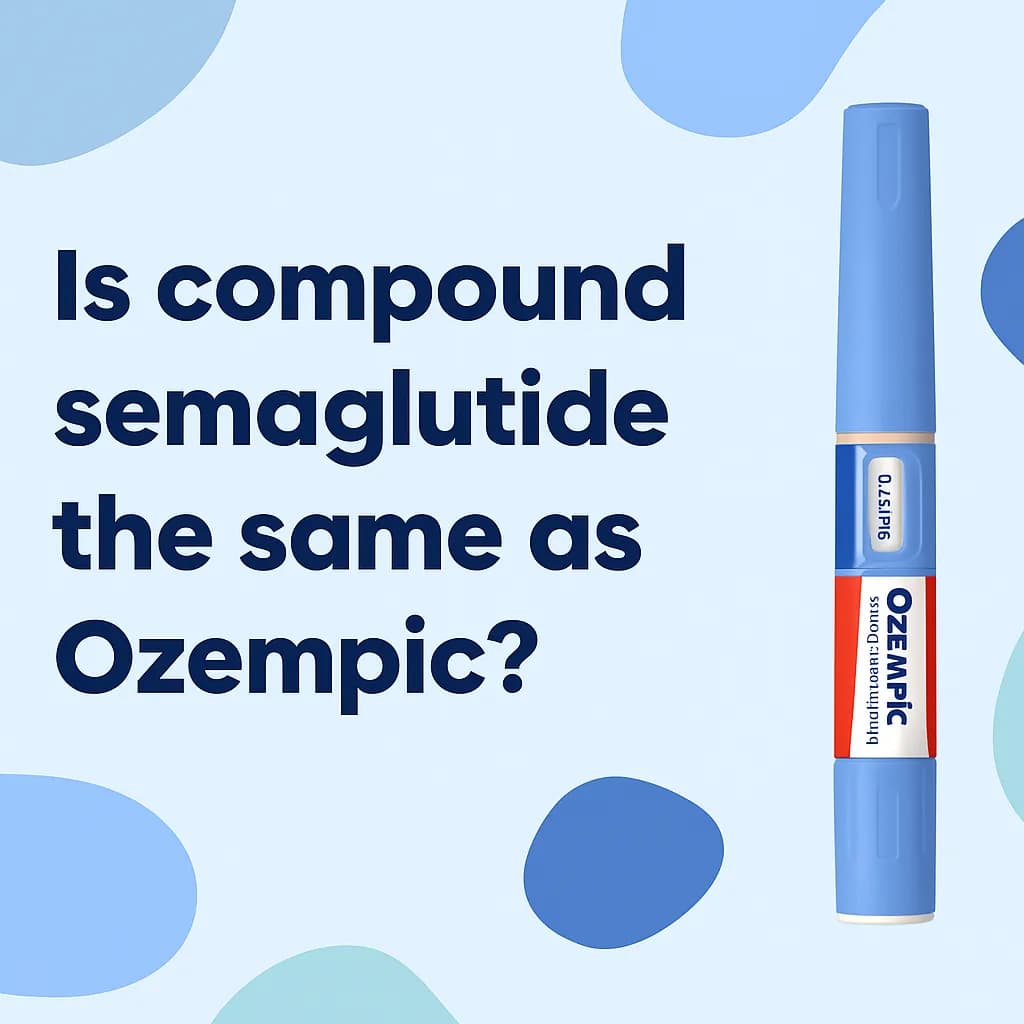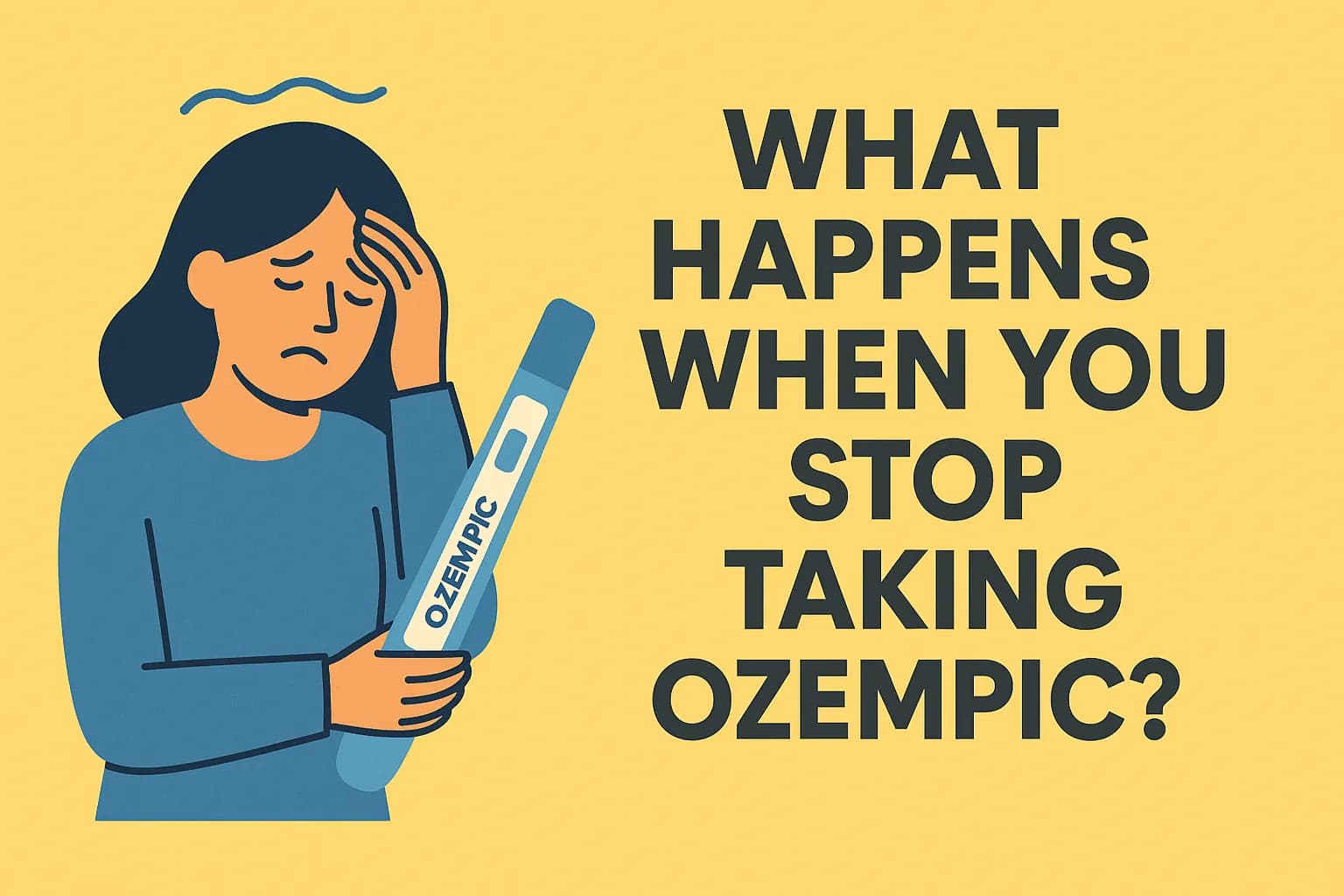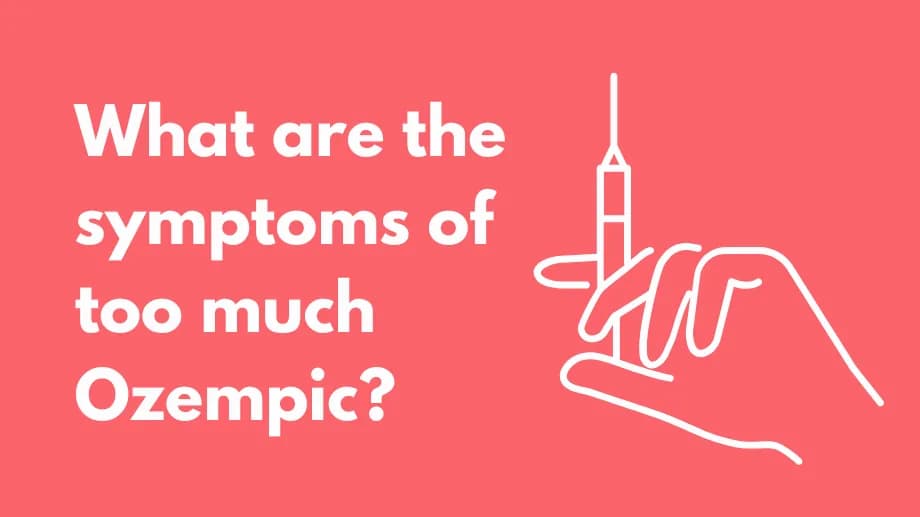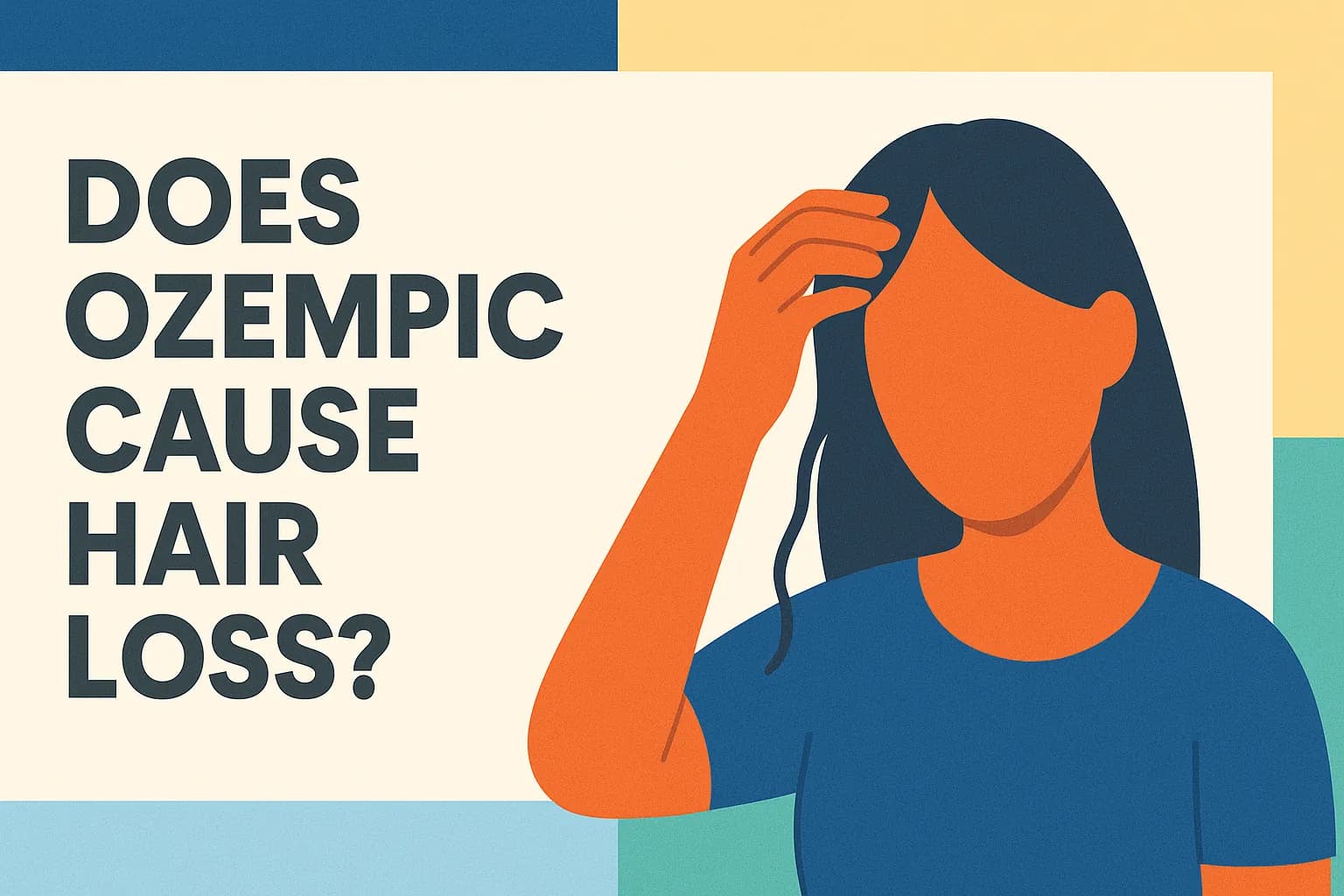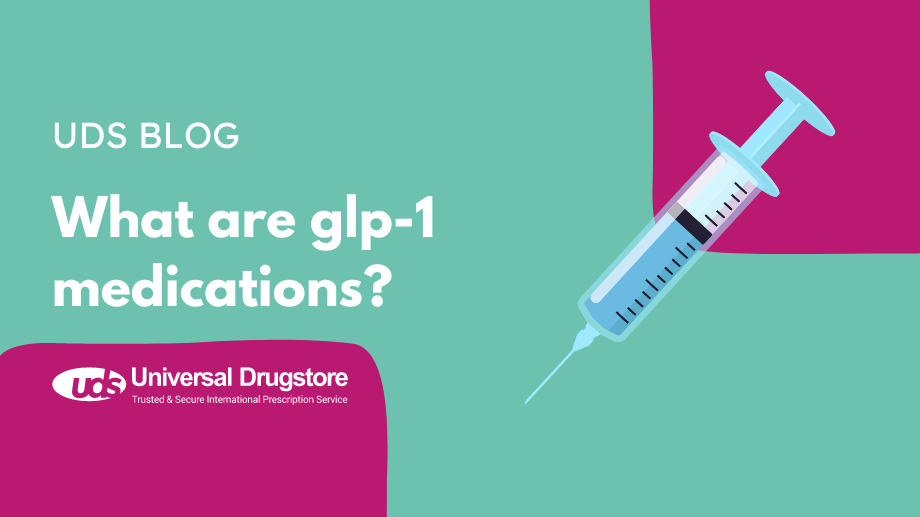How do GLP-1 agonists work?
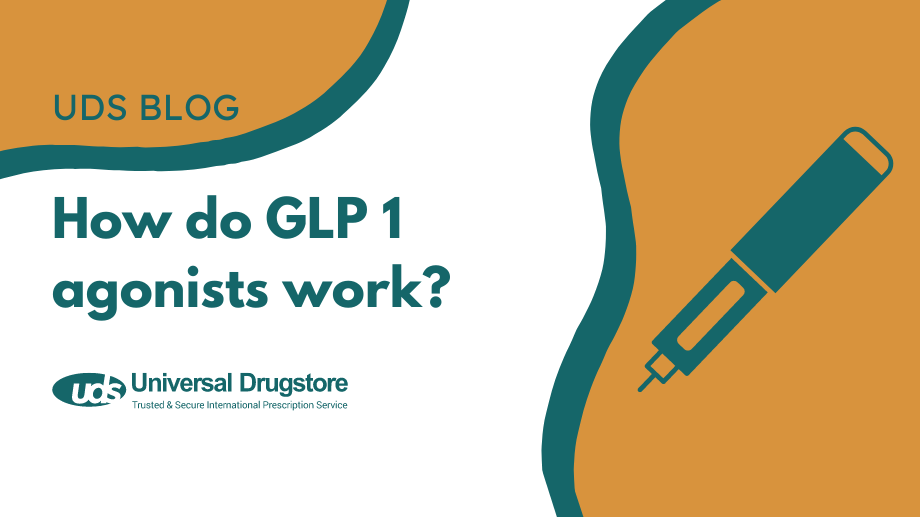
Glucagon-like peptide-1 (GLP-1) is a hormone naturally produced in your gut in response to food, especially carbohydrates and sugars. It plays several important roles in regulating blood sugar and appetite:
- Stimulates your pancreas to release insulin, which lowers blood sugar by moving glucose into your cells for energy.
- Suppresses glucagon secretion, which helps prevent your liver from releasing stored glucose into the bloodstream.
- Slows down gastric emptying to reduce sugar absorption into your blood.
- Increases satiety (feeling full) by acting on areas in your brain that control appetite.
GLP-1 receptor agonists (GLP-1 RAs, incretin mimetics, or GLP-1 analogs) are medications that mimic these natural processes. They help manage blood sugar in people with type 2 diabetes (T2DM) and can promote weight loss by reducing appetite and slowing digestion.
What are the GLP-1 drugs?
FDA-approved GLP-1 receptor agonists come in short-acting and long-acting forms. Examples include:
- Byetta (exenatide) – Short-acting; injected twice daily
- Victoza (liraglutide) – Short-acting; injected once daily
- Saxenda (liraglutide) – Short-acting; weight loss; injected once daily
- Adlyxin (lixisenatide) – Short-acting; once daily; no longer available in the U.S.
- Rybelsus (semaglutide) – Short-acting; oral tablet; once daily
- Ozempic (semaglutide) – Long-acting; injected once weekly
- Wegovy (semaglutide) – Long-acting; injected once weekly for weight loss
- Bydureon Bcise (exenatide extended-release) – Long-acting; injected once weekly
- Trulicity (dulaglutide) – Long-acting; injected once weekly
There is also a class of dual GLP-1/GIP receptor agonists, including:
- Mounjaro (tirzepatide) – For type 2 diabetes
- Zepbound (tirzepatide) – For weight loss
When would you need to take a GLP-1 agonist?
Type 2 Diabetes
GLP-1 agonists are used to lower blood sugar and reduce the risk of heart attack or stroke in people with type 2 diabetes. They are often prescribed if:
- Metformin is not effective or tolerated
- Your A1C is still high despite other medications
- You are at risk for heart failure, kidney disease, or atherosclerosis
These medications are used with diet, exercise, and other diabetes treatments.
Obesity
GLP-1 agonists may be prescribed for weight loss if you:
- Have a BMI ≥ 30
- Have a BMI ≥ 27 with at least one weight-related condition like type 2 diabetes, cardiovascular disease, high blood pressure, liver disease, PCOS, or sleep apnea
They are part of a comprehensive plan that includes dietary changes, physical activity, behavior therapy, and sometimes bariatric surgery.
Shop Medications
What are the side effects of GLP-1 agonists?
Common side effects include:
- Nausea
- Vomiting
- Diarrhea
- Decreased appetite
- Headache
- Stomach pain
- Fatigue
- Constipation
- Dizziness
- Heartburn
- Bloating and gas
- Low blood sugar (especially with insulin or sulfonylureas)
- Mood changes
Serious, but rare side effects may include:
- Severe allergic reactions
- Pancreatitis
- Gallstones
- Kidney problems
- Worsening diabetic retinopathy
- Heart rate changes
- Suicidal thoughts or behaviors
- Thyroid cancer
- Bowel obstruction
This is not a complete list. Speak with your healthcare provider for more information, and report side effects to the FDA at www.fda.gov/medwatch or 1‑800‑FDA‑1088.
Is it safe to take a GLP-1 RA with other medications?
GLP-1 agonists are often used with other medications, but this can increase the risk of side effects or drug interactions. For example:
- Taking GLP-1 RAs with insulin or sulfonylureas increases the risk of hypoglycemia
- They slow gastric emptying, which may affect absorption of oral medications
Always talk to your doctor or pharmacist about possible interactions with your other medications, including OTC products and supplements.
What happens if you stop taking GLP-1 agonists?
GLP-1 agonists are part of a long-term treatment plan. If you stop taking them:
- You may regain weight previously lost
- Your blood sugar may increase (hyperglycemia)
One clinical trial showed participants regained up to two-thirds of their lost weight within one year of stopping semaglutide. Continuing lifestyle changes is crucial after stopping the medication.
Can you take a GLP-1 agonist if you have type 1 diabetes?
GLP-1 agonists are not FDA-approved for type 1 diabetes (T1D), but research suggests they may help lower A1C and promote weight loss in some people with T1D. They are sometimes prescribed off-label, but you should consult your healthcare provider to determine if it is a safe option.
Sources
- Yao H, et al. (2024). Comparative effectiveness of GLP-1 receptor agonists. Accessed June 20, 2024.
- American Diabetes Association: Cardiovascular disease and risk management. Accessed June 20, 2024.
- Latif W, et al. (2024). GLP-1RAs comparison. Accessed June 20, 2024.
- ElSayed NA, et al. (2023). Standards of Care in Diabetes-2023. Diabetes Care. Accessed June 20, 2024.
- Uccellatore A, et al. (2015). Review of GLP-1 receptor agonists. Accessed June 20, 2024.



